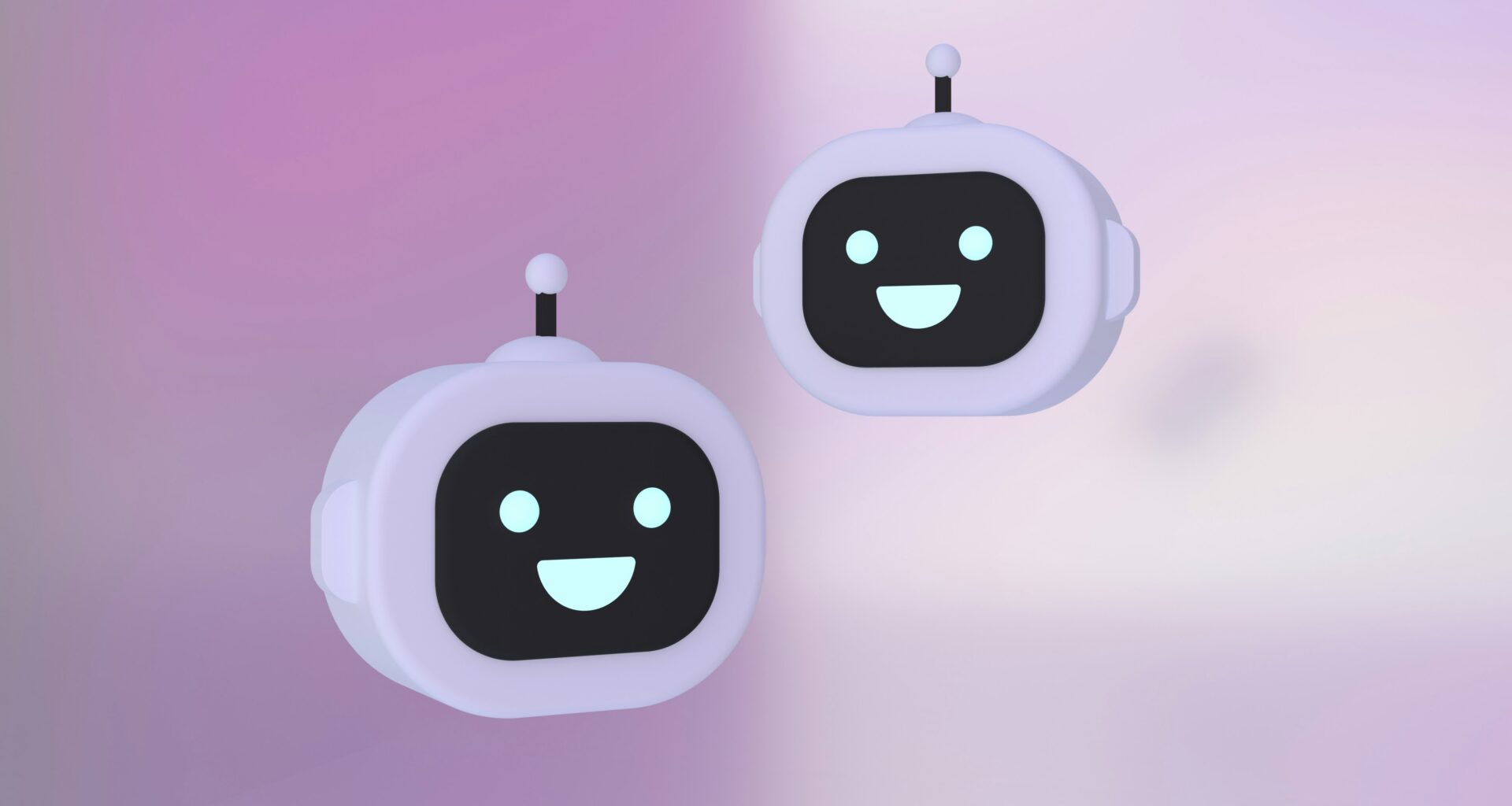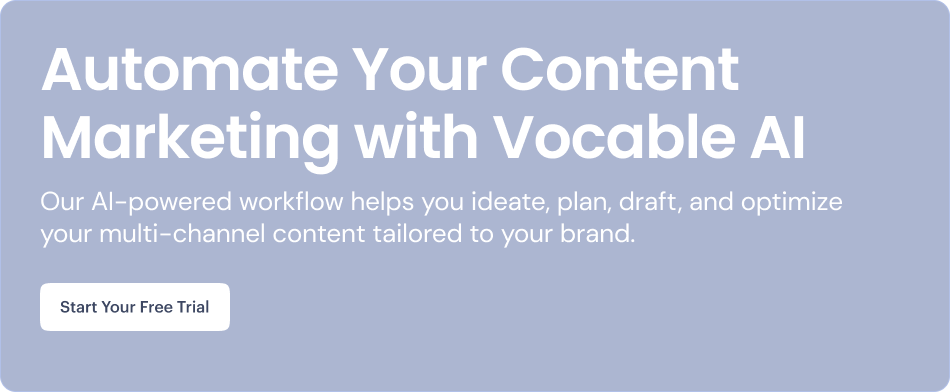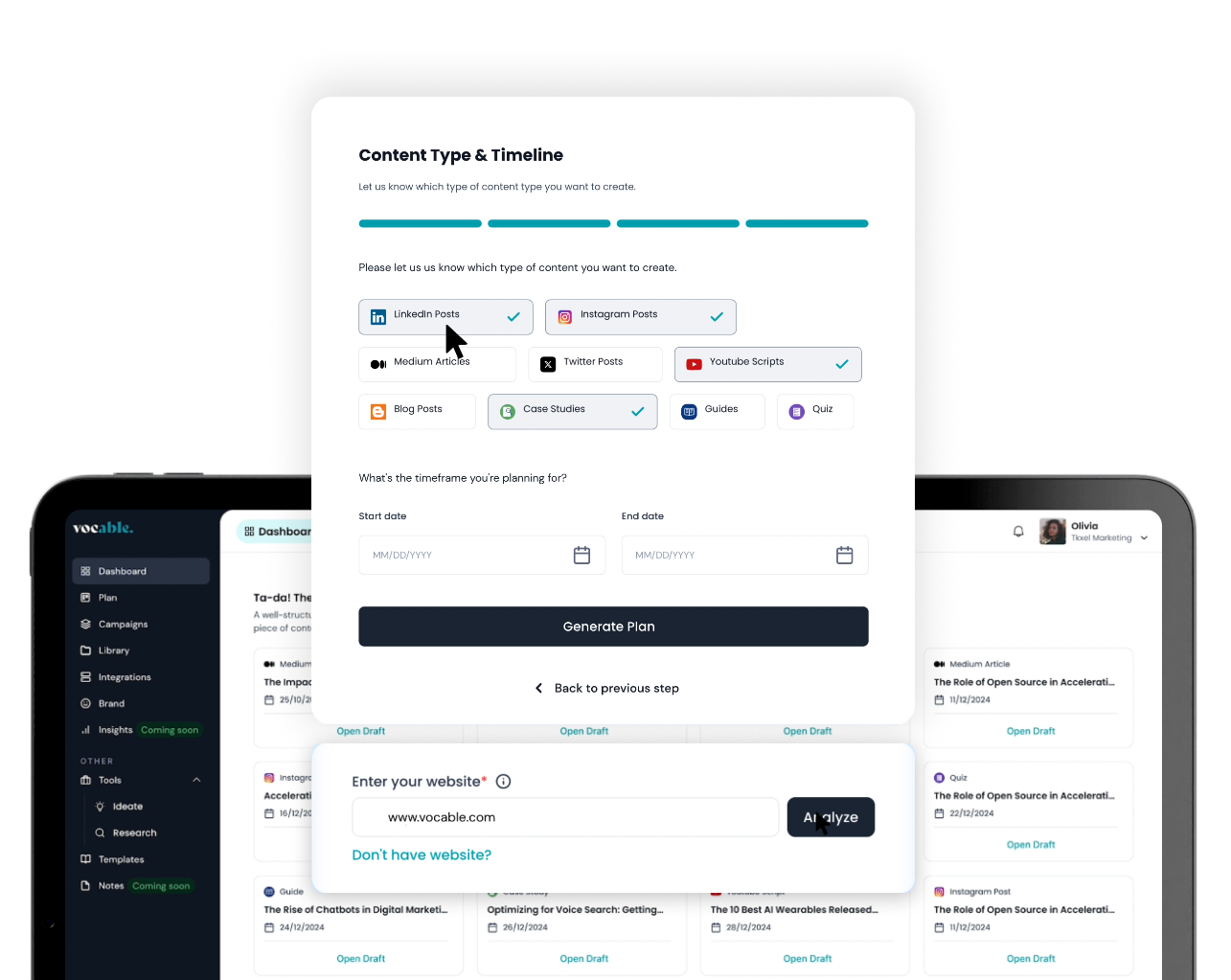Two Ways to Build AI Content Agents (And Why You Need to Know Both)

Iman OubouFebruary 19, 2025 4 min read
Over the past few weeks, we were mapping out how we want to build and deploy AI Agents as part of the new Vocable.ai offering, and we discovered there isn’t just one way Agentic AI in content marketing will play out – there are two equally powerful approaches that could reshape how we create content.
Let’s take you behind the scenes of this revelation and explore the two dominant models: the Lifecycle Model and the Channel-Specific Model. Each offers unique advantages, and the key to success might lie in strategically combining both.
The Lifecycle Model: The Four Horsemen of Content Creation
When we first conceptualized AI Agents, we envisioned them like a dream content team—each agent specializing in a distinct stage of content creation. This approach, which we call The Lifecycle Model, which allows for every aspect of content production to be handled by an AI expert in its domain.
Meet the Four Horsemen of Content Creation:
- The Strategy Agent – Identifies opportunities, conducts market research, and builds a content roadmap tailored to audience needs and industry trends.
- The Content Agent – Crafts high-quality, brand-aligned content, from blog posts and articles to social media updates and ad copy.
- The Editorial Agent – Ensures consistency, accuracy, and strategic alignment across all content, going beyond basic editing to refine messaging.
- The Distribution Agent – Manages content dissemination, determining the best platforms, schedules, and formats to maximize audience engagement.
This structured, assembly-line approach ensures that content is created with precision, quality, and consistency. However, as we refined this model, a crucial question emerged:
What if content creation isn’t just about process, but about platform-specific expertise?
The Channel-Specific Model: AI Agents as Platform Specialists
Instead of organizing AI Agents by function, what if we structured them based on the platforms they serve? Enter the Channel-Specific Model, where AI Agents specialize in specific channels rather than distinct content stages.
Imagine having dedicated AI Agents for different platforms:
- The Twitter Agent – Crafts engaging threads, optimizes post timing, and understands Twitter’s unique engagement patterns.
- The LinkedIn Agent – Tailors content for a professional audience, leveraging LinkedIn’s algorithm for thought leadership and industry authority.
- The Instagram Agent – Focuses on visual storytelling, designing posts, captions, and reels that resonate with Instagram’s culture.
- The Blog Agent – Optimizes long-form content for SEO, readability, and engagement within a website’s ecosystem.
This approach recognizes that each platform has its own language, persona, best practices, and audience behavior. A tweet doesn’t perform the same as a LinkedIn post, just as an Instagram carousel needs a different strategy than a blog article. By having platform-specialized AI Agents, businesses can ensure their content feels native to each channel, maximizing effectiveness
Comparing the Two Approaches
Both models bring significant advantages, and the best approach depends on business needs, team structure, and content goals. Here’s how they compare:
| Approach | Strengths | Challenges |
|---|---|---|
| Lifecycle Model | Ensures content consistency, quality, and strategic alignment across all platforms. | May require additional adjustments to fit platform-specific nuances. |
| Channel-Specific Model | Optimizes content for each platform’s unique audience, maximizing engagement. | Can lead to content silos and a lack of overarching brand coherence. |
In reality, most businesses will likely adopt a hybrid approach, leveraging the Lifecycle Model to develop core content strategies and foundational pieces while using Channel-Specific Agents to adapt content for different platforms.
The whole beauty of AI Agents is that they are meant to work together across different stages and different platforms; not to mention continuously learn to improve.
In our FREE email course, I break down how to start preparing for this future. I share practical steps you can take today to position your business for success when these technologies become available.
The businesses that understand these concepts now will have a significant advantage when AI agents become widely available. It’s not about jumping in blindly – it’s about understanding the landscape and being ready to move when the time is right.
Get Started with Vocable
Master every aspect of Vocable, from automated content planning to publishing in these step-by-step tutorials and product guides.
Get Started Now





